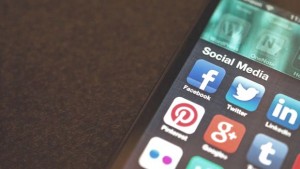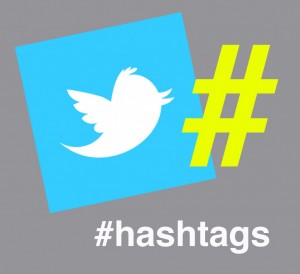If I read another Tweet, Facebook post or quote in a press release that starts with “We are excited…,” I’m going to shoot myself.
There’s only one person in the world who is excited by your excitement, and that’s your mom.
What I need to know is why I should care. Why is this at least interesting to me?
Call it WIFM (What’s In It For Me) or just common sense, but your communication—be it 140 characters, a 10-minute speech or an entire campaign—must meet some basic need in your target audience for it to be effective.
The only sin worse than “We are excited…” or “We are pleased…” in a press release quote is to open your release with the awesomely redundant lede, “XYZ Company announces today that…”
A press release is an announcement so it’s quite unnecessary, Captain Obvious, to tell the reader you’re announcing something. That is assumed. Seeing this laziness makes me want to put a stick in my eye.
What if every press release followed this mundane structure? Then, I beg you, put two sticks in my eyes. (I’m sure journalists who look at hundreds of press releases each day feel the same way. If you’re a journalist, I’d love to hear your press release beefs in the comments section below!)
Sadly, a search of PRWeb’s news feed showed over 20 releases with quotes containing “We are pleased…” in just one day!
These are the bane of even mediocre, let alone good, PR writing.
So fight the urge to boast.
Add a touch of creativity to stand out.
And avoid stating the obvious.
How can you avoid these writing traps? First, just try harder and think before you write!
If you are stumped, an easy fix is to pay attention to the verbs. They are the most important element of speech in your communications. What is the action you are announcing? Winning an award, reporting financials, signing a major contract, acquiring a company, advancing a cure for cancer?
Replace “announce” with that action so that the lede is focused on the newsworthy action.
Here’s another essential writing tip: Always put your audience’s needs first. This is the first commandment of good communication. And when you live by it, you’ll avoid the sin of self-serving excitement—a.k.a. press release masturbation.
Put your audience’s pleasure ahead of your own if you want a loving and lasting relationship with your target market.
This is particularly helpful when you must write about events of questionable newsworthiness but great C-suite excitement. These include industry awards, new executive hires or partnerships.
Try applying these strategies:
- Does your news meet an emotional need in your customer? Share it in a way that makes them feel good or better. “Even Grumpy Cat nearly broke a smile when he learned about our Super Duper industry award!”
- Tweeting about a new CEO? Rather than “Our company is excited to welcome…” try engaging your followers to welcome her. “What do you want new CEO Juanita Doe to know about our products and service? #welcomejuanita.” Share responses and show your new CEO that the company’s social media network is a source of important feedback and input from customers and employees.
- Did you win an award thanks to the support of your loyal customers or the work of your dedicated employees? Make that your message and instead of saying “we are excited,” try “we are grateful.”
Instead of a one-off post about the award on social media, plan a series of posts over a few weeks that profile an employee or a customer who contributed to your success. Create a campaign to raise awareness about the honor as well as grow your community and build goodwill with your most important stakeholders.
This could work for a tech company’s Most Innovative Product award or a resort’s success in reaching #1 on TripAdvisor. Who helped you get there?
What creative or strategic approaches have you had success with?
Sometimes the challenge is convincing decision makers at your client or company that being engaging and interesting is more important and productive than chest beating. Ask them to share the news with mothers and then with their teenage kids. Somewhere between those two extremes is the true indicator of whether anyone cares.
I will concede there are times when your audience may be just as excited about some news as you are, and it’s valid to share in that. A San Diego company might Tweet, “We’re excited that the San Diego Chargers are going to Super Bowl.” That would be legitimately exciting to people in the local market.
Just resist the urge to Tweet, post or speak like a cheerleader—particularly if you’re cheering for yourself—unless conditions really call for a cheerleader.
And never, under any circumstances, announce an announcement. Announce your news.
By Julie Wright, President







 Looking at past trends in an evolving industry can be a poor predictor of future trends—whether you’re talking about the stock market or the PR field.
Looking at past trends in an evolving industry can be a poor predictor of future trends—whether you’re talking about the stock market or the PR field.




 Grant Wright
Grant Wright





 Corie Fiebiger
Corie Fiebiger
 Shae Geary
Shae Geary Roman Lukjanenko
Roman Lukjanenko Phelan Riessen
Phelan Riessen Katrina Early
Katrina Early Hamish Marshall
Hamish Marshall